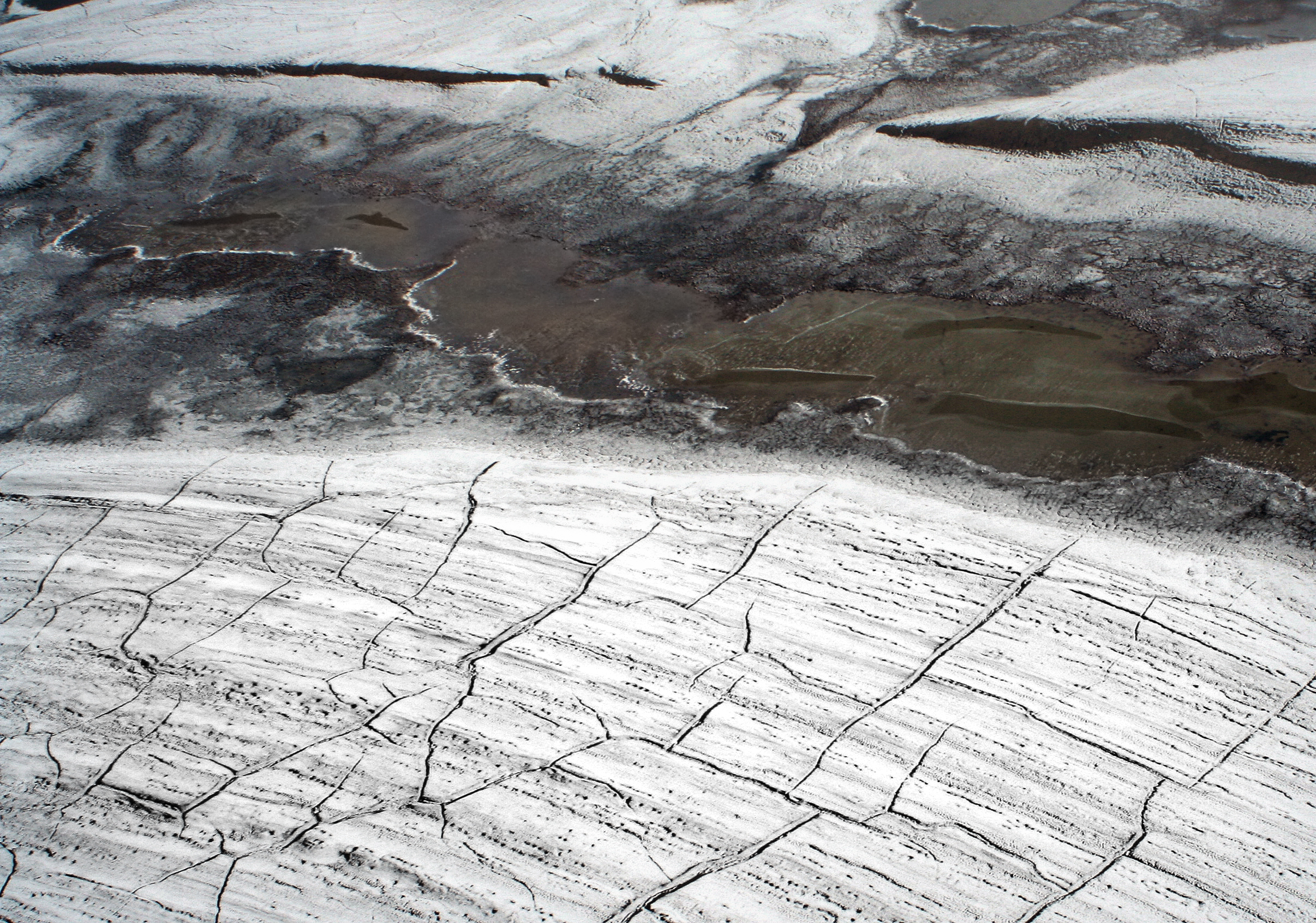
Permafrost, the Arctic’s frozen ground, has long been envisioned as a climate change “ticking time bomb.”
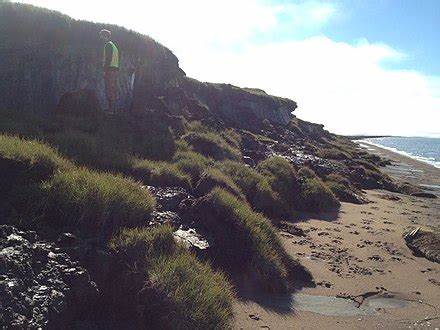
Visions of a catastrophic release of greenhouse gases leading to an uncontrollable global warming scenario have been common in discussions surrounding the thawing of permafrost.
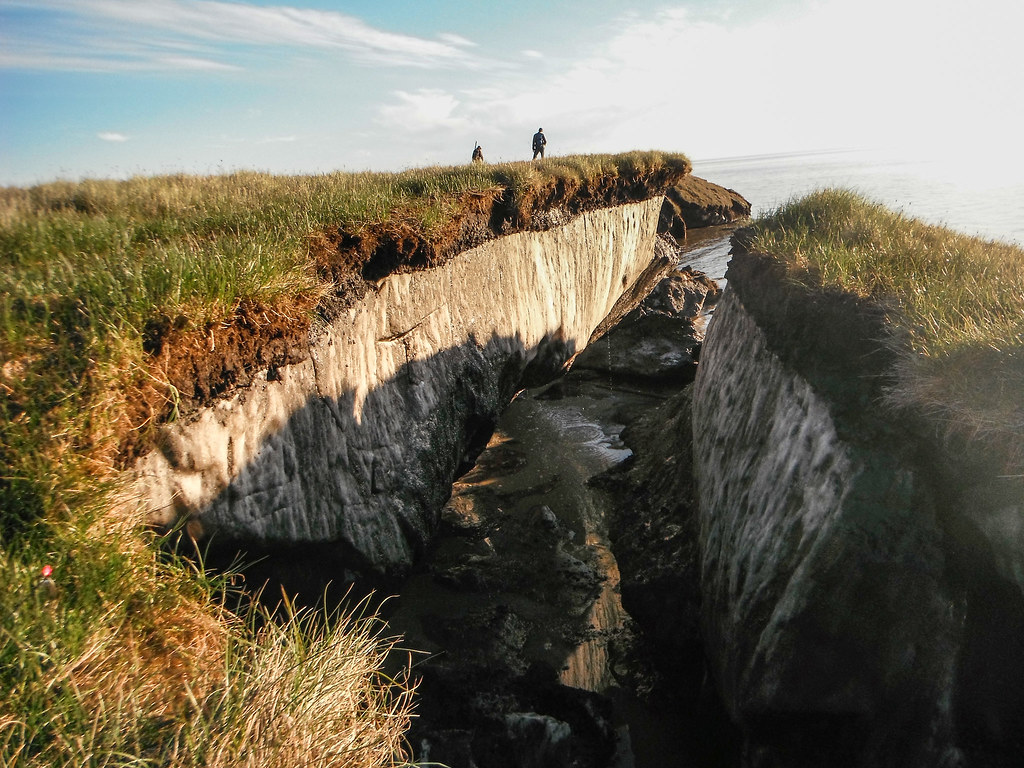
However, recent research dismantles this bomb, instead revealing a gradual thaw that is closely tracking with the pace of global warming.
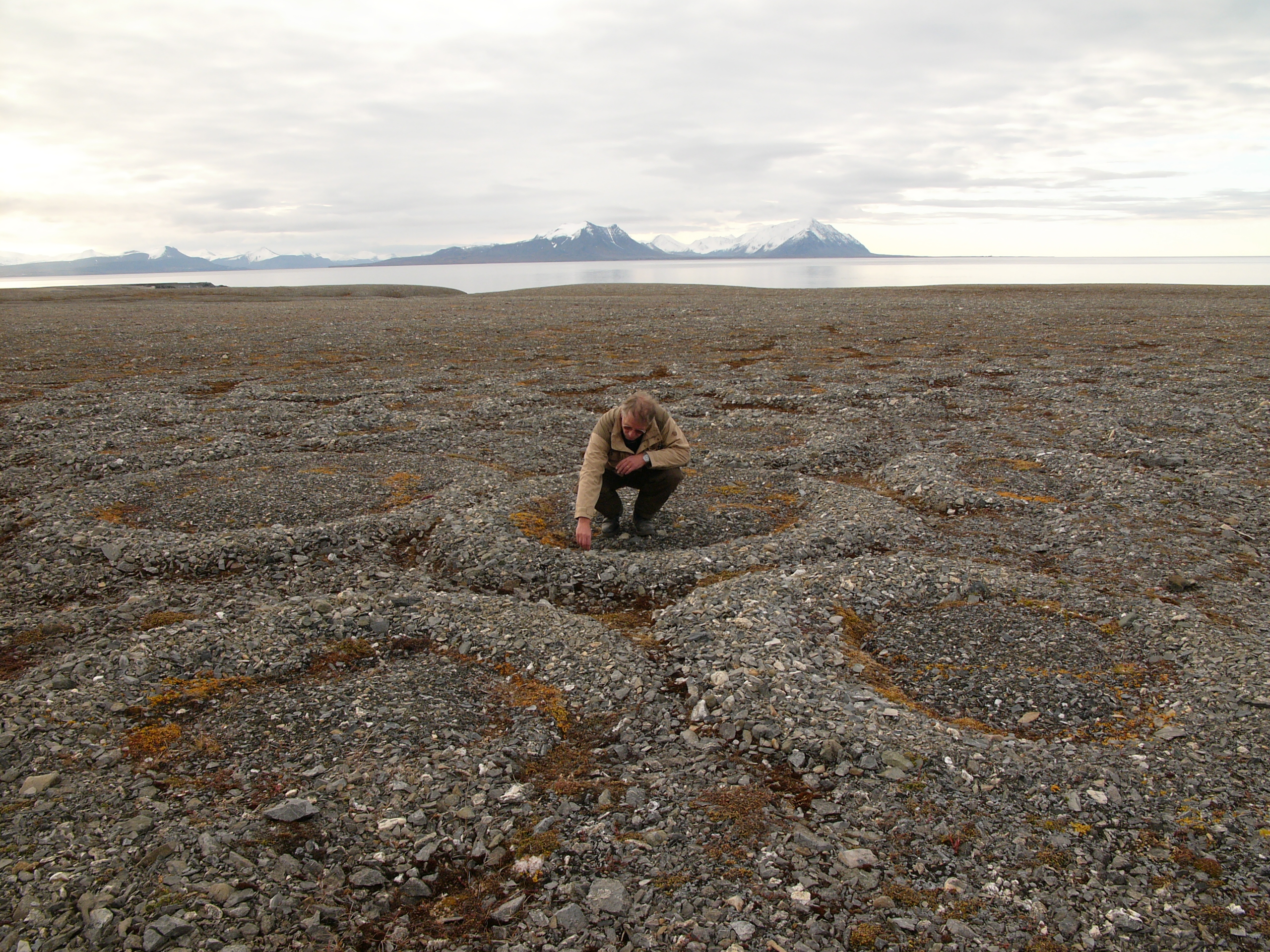
This nuanced understanding has profound implications for how we perceive and respond to the changes afoot in the Arctic.
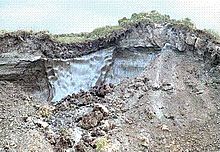
An international team led by the Alfred Wegener Institute, Helmholtz Centre for Polar and Marine Research, has conducted a detailed study, recently published in the journal Nature Climate Change, investigating the true nature of permafrost thawing.
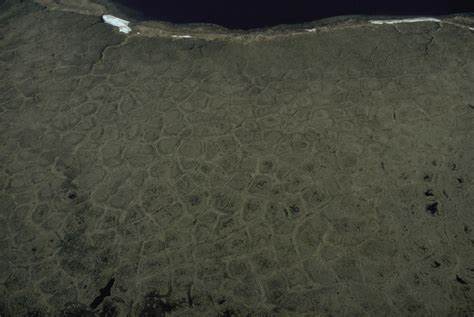
The researchers have debunked the idea of a single, abrupt global tipping point.
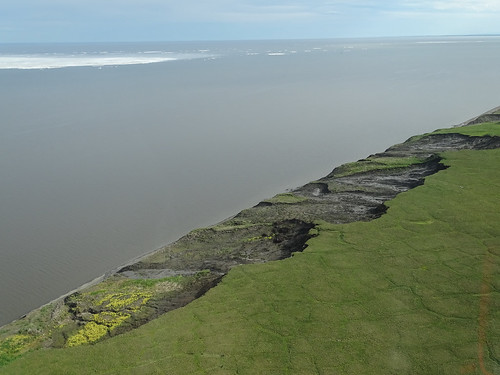
Instead, they have found multiple smaller, local and regional tipping points, which collectively contribute to the overall thawing of permafrost, each activating at different stages of warming.
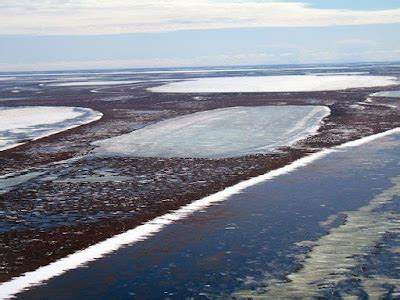
Jan Nitzbon, from the AWI team, clarifies, “There is no evidence of self-amplifying internal processes that, from a certain degree of global warming, affect all permafrost and accelerate its thawing globally.”
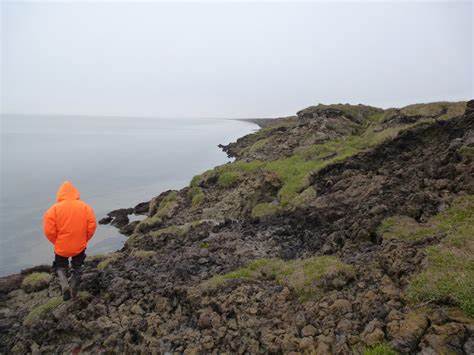
This revelation turns the page on the image of a catastrophic and sudden global collapse of permafrost.
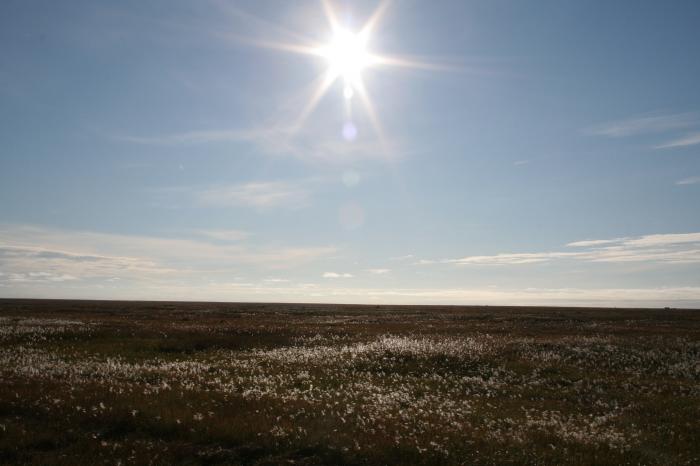
To paint a clearer picture, it helps to understand what permafrost is and why it matters.
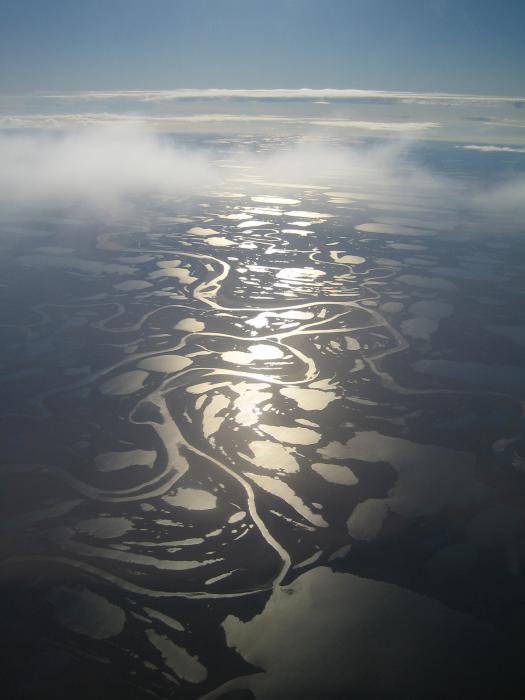
Permafrost is covering about a quarter of the Northern Hemisphere’s land surface.

It’s packed with organic carbon, the remnants of ancient plant life, which has remained safely locked away in a frozen state.
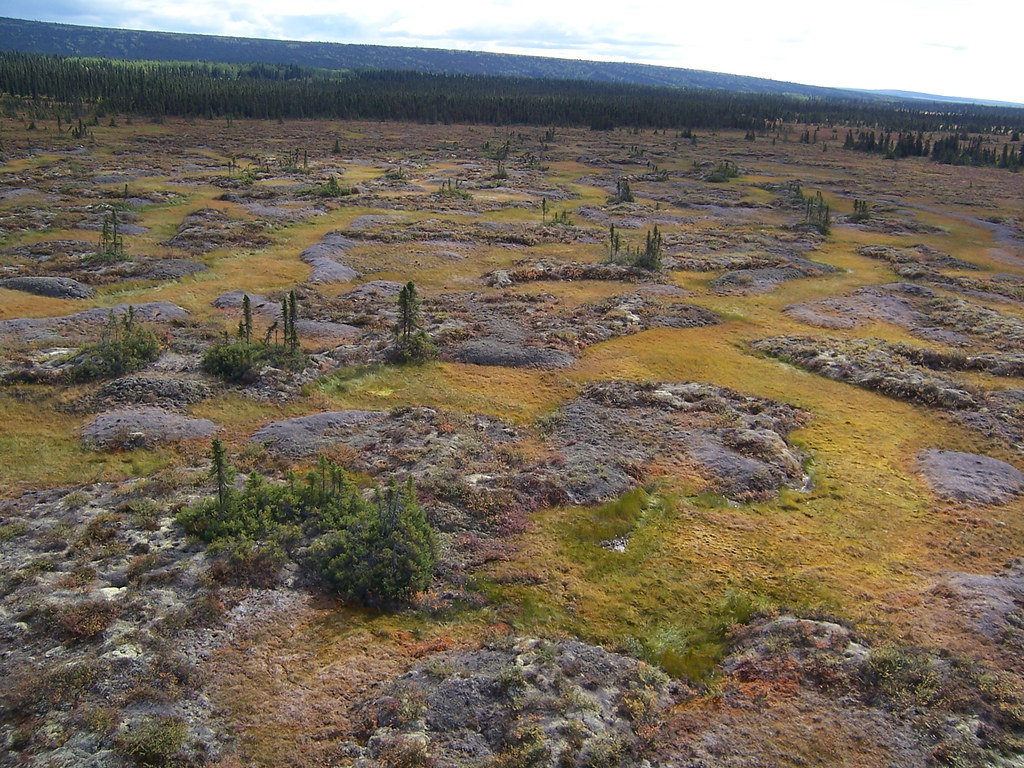
But as the planet warms, this ground begins to thaw, and the once-dormant organic matter starts decomposing, releasing carbon dioxide and methane – potent greenhouse gases – into the atmosphere.
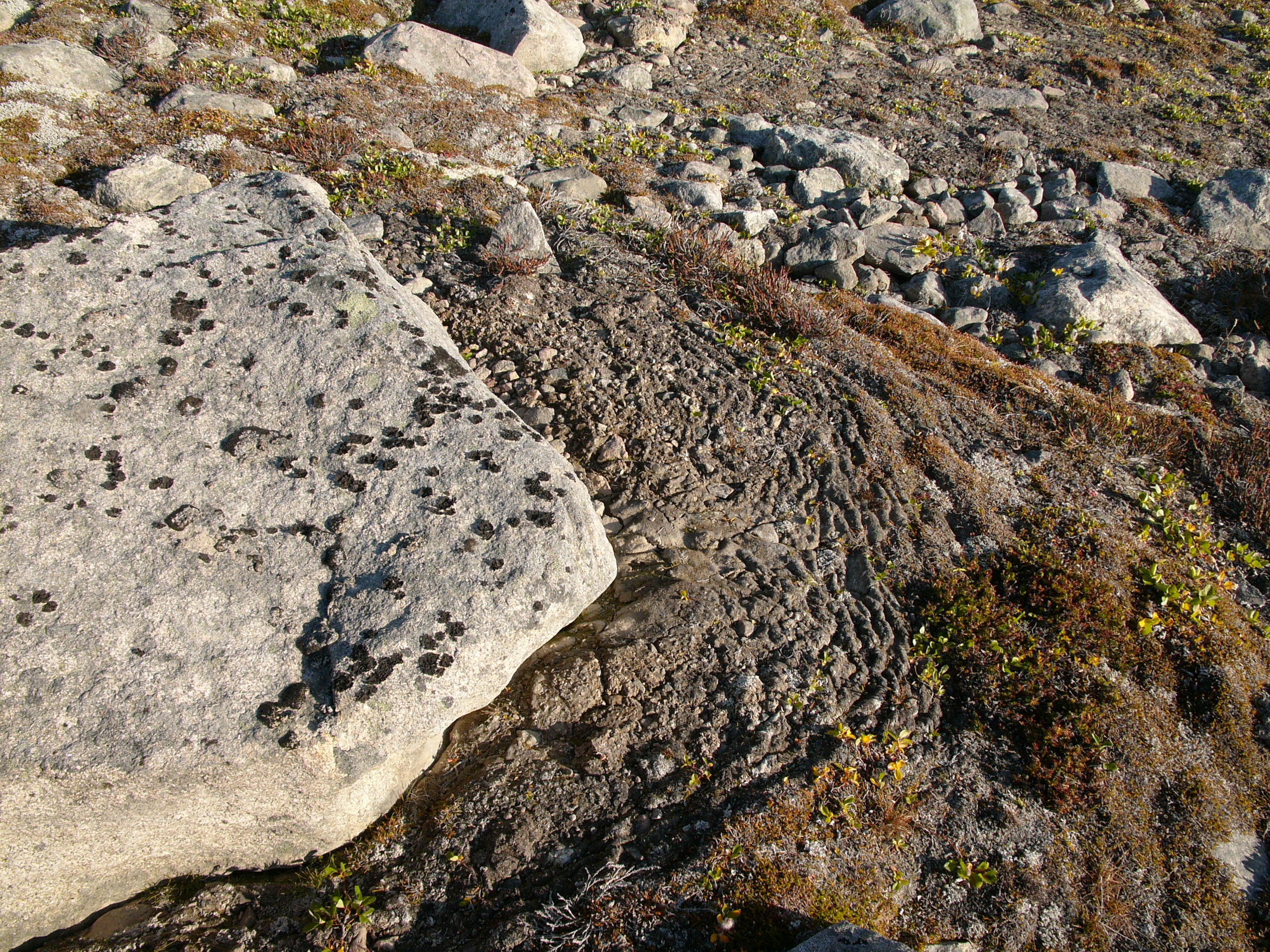
The magnitude of the problem is underlined by data from the University of Alaska Fairbanks, showing that between 1978 and 2020, 14 out of 15 Alaskan borehole sites have warmed, with the rate of temperature increase being higher in northern regions.

These findings correlate with warming trends across the Arctic, including Russia and Canada.
Relevant articles:
– Permafrost Soils Are Thawing in Step with Global Warming, Lab Manager Magazine
– Climate Change Indicators: Permafrost, epa.gov
– Single view, AWI
– Thawing permafrost: not a ticking time bomb, but cause for urgent concern, Vrije Universiteit Amsterdam

